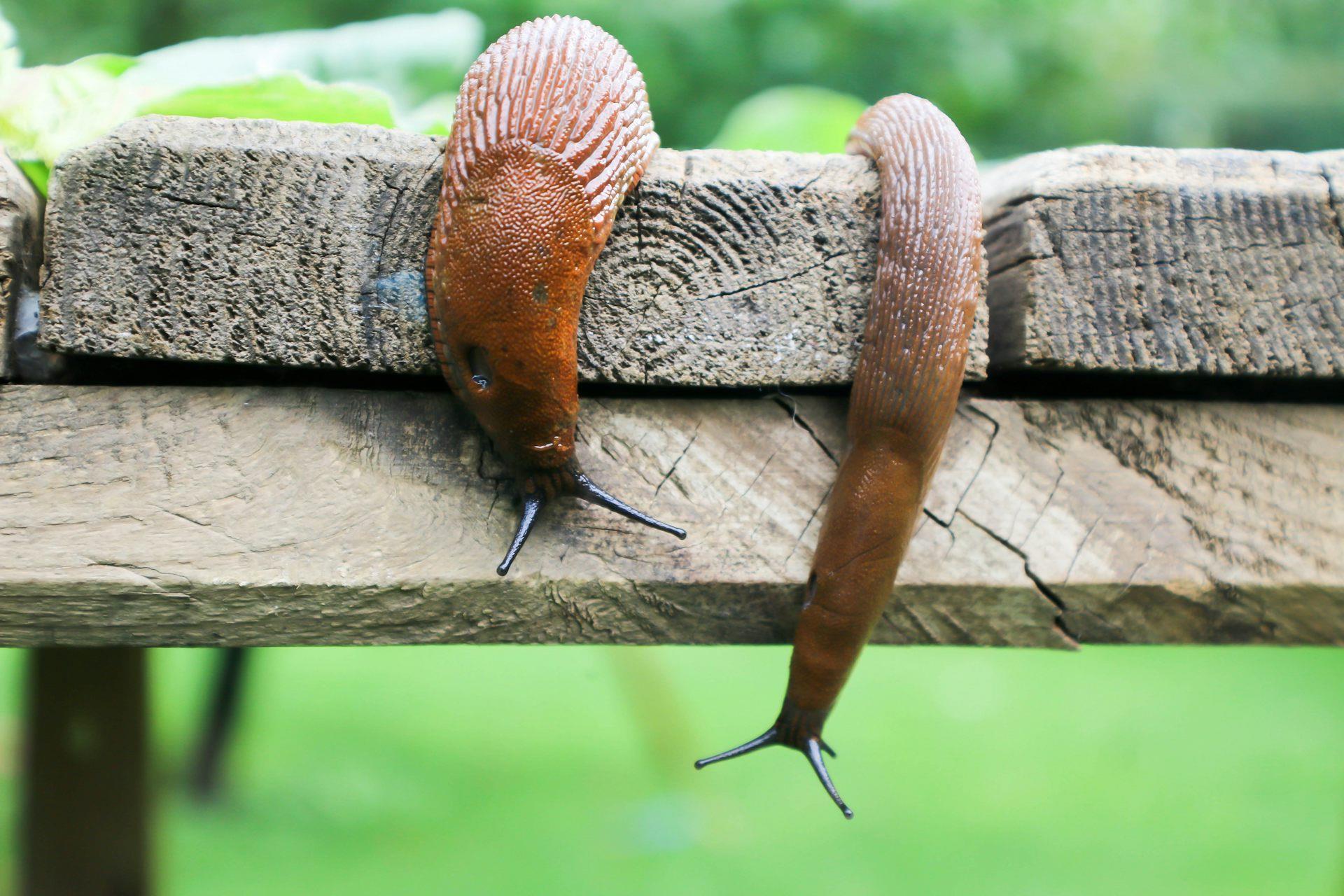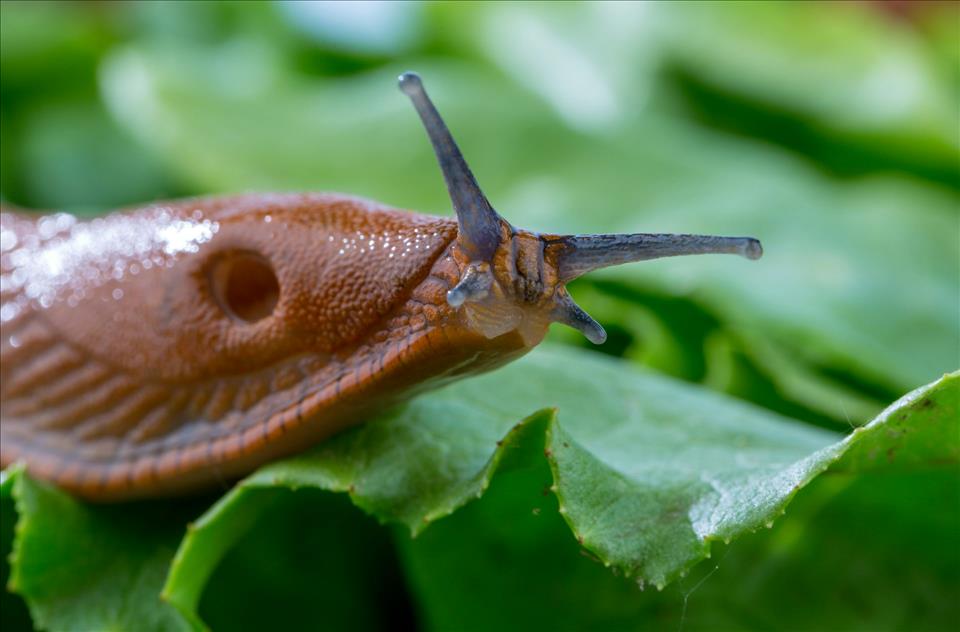
Why Slugs Are So Hard To Control And How Scientists Are Working To Keep Them In Check
But recent research into slug movements may help farmers with their slug prevention strategies
A 2014 report from the Agriculture and Horticulture Development Board estimated that slugs would cost the industry up to £100 million per year in the UK alone, in the absence of effective control. And contamination makes produce undesirable to consumers – nobody wants to find a slug in their lettuce.
Making a living by growing food is already difficult because of labour shortages and rising costs, climate change and other challenges. The slug problem has been in the spotlight for a long time, but development of affordable and reliable solutions has proven to be difficult.
Good pesticides are available, but several aspects of slug behaviour means they can be hit and miss. For example, most pesticides target only slugs that are active on or very close to the surface. However, a large proportion of the slug population can be found at different depths in the soil. This is because they move up and down the soil depending on the weather, soil characteristics and several other factors.
During harsh weather they can become less active, remaining deeper in the soil or hiding themselves in concealed or hard-to-reach places under stones or in dense vegetation such as tussocky grass. This gives a false impression they have disappeared, but they can re-emerge fast and in large numbers once the weather improves.
Some of the chemical pesticides (such as metaldehyde) that work well on slugs are banned under UK legislation due to concerns about their damaging effect on the environment, in particular on rivers and lakes. Biological products, for example some nematodes , seem to work well but farmers consider them too expensive to be commercially viable. Nematodes are microscopic creatures also known as roundworms and some species can infect and kill molluscs such as slugs. They are a good option for gardeners, however, who normally need to apply a lot less because they have a smaller space to protect.
Tracking slug groupsOne possible solution to the problem lies in studies showing that the distribution of slugs over an arable field is uneven. Previous studies of slugs in major crops including wheat and oilseed rape, as well as cover crops and fields left fallow, noticed large numbers of slugs tend to congregate together in patches interspersed with areas where slug numbers are sparse. Indeed our 2020 paper showed this was true in all the arable fields we studied.
Spatial distributions of animals in their natural environment are rarely uniform. You might expect animals to congregate in areas with a higher density of food. But in many cases animals form“patches” even in environments where features like food are evenly spread out. Researchers are unsure why this is .
If we can predict where those patches with the high density of the slugs will occur, farmers could concentrate pesticides and nematodes in those areas, which would be a lot more affordable and better for the environment. A separate 2020 study that two of us (Keith and Natalia) worked on found this could help farmers reduce pesticide use by about 50% .

Slugs can be a headache for farmers and gardeners. Foxxy63/Shutterstock
However, this would only be feasible if the location of patches of high slug density doesn't change much. Until recently information about slug patch formation and stability was scarce. Our 2022 study , however, reported stable slug patches formed in all the crops that we investigated. And these patches always formed in the same places throughout the growing season.
As part of a previous research project we put radio-tags on slugs to track their movements in the field. That paper found slugs exhibited collective behaviour which means they move differently when they move in a group. The changes are subtle. Their average speed and basic zigzagging of their movement paths doesn't change much. Although, looking in detail, they make steeper turns when they“zig” and“zag” and individual slugs develop a slight bias in their direction of turn. They also tend to rest more when they're together.
We used the data from the radio-tags to make a digital model of the slug populations we studied. This allowed us to look into factors that would be difficult or even impossible to investigate in the field.
Whether you like slugs or loathe them, we need to understand them if we want to help farmers grow our food in the future.

Legal Disclaimer:
MENAFN provides the
information “as is” without warranty of any kind. We do not accept
any responsibility or liability for the accuracy, content, images,
videos, licenses, completeness, legality, or reliability of the information
contained in this article. If you have any complaints or copyright
issues related to this article, kindly contact the provider above.
















Comments
No comment